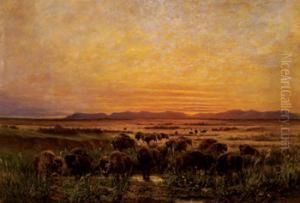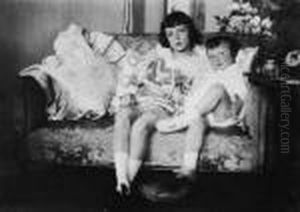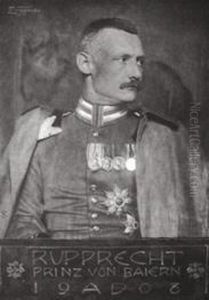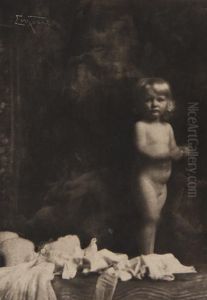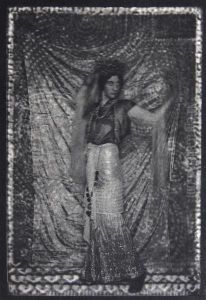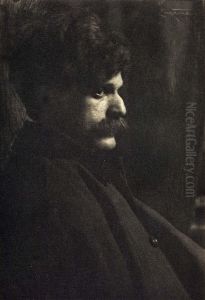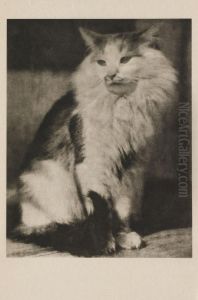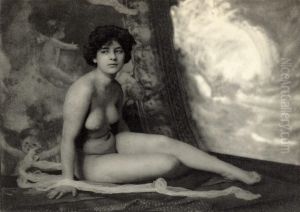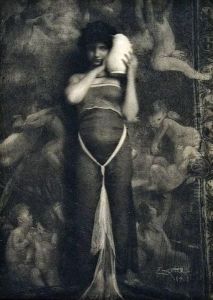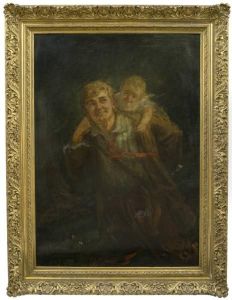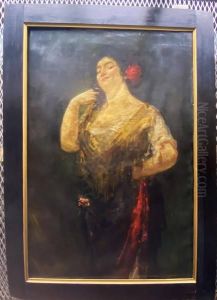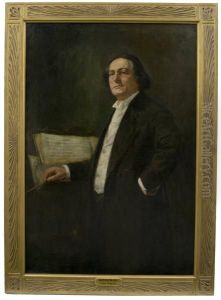Frank Eugene Paintings
Frank Eugene, born Frank Eugene Smith on September 19, 1865, in New York, was a seminal American photographer and a member of the pictorialist movement, which emphasized the artistic qualities in photographic works.
Eugene’s early life was not initially oriented towards photography. He studied painting at the Royal Bavarian Academy in Munich, Germany, and upon completing his studies, worked as an illustrator and painter. It was not until the 1890s that he began to explore photography, rapidly developing a distinctive style that incorporated his painting skills to manipulate his photographic prints, often by etching the negatives to enhance or soften details.
In 1900, Eugene's work was recognized by an international audience when he exhibited at the first 'Photo-Secession' exhibition at the National Arts Club in New York, organized by Alfred Stieglitz, a prominent photographer and art promoter. Stieglitz was an influential figure in Eugene's career and included his works in his publication Camera Work.
Through his career, Eugene continued to blend the boundaries between painting and photography. He was known for his figure studies, portraits, and landscapes. He was a founding member of the Photo-Secession movement, which sought to elevate photography as a fine art rather than a mere scientific or documentary medium. His work often featured allegorical and mythological themes, and he was one of the early adopters of soft-focus lenses to create a dreamy, romantic aesthetic that was characteristic of the pictorialist style.
In addition to his artistic practice, Eugene was also an educator. In 1907, he was appointed a professor of the pictorial photography class at the Royal Academy of Graphic Arts in Leipzig, Germany, marking one of the first times photography was included as part of a fine arts curriculum at such a high level. He influenced a number of students, helping to spread the pictorialist style in Europe.
Eugene continued to work and teach in Germany until his death on December 16, 1936. Throughout his career, he remained committed to the idea that photography should stand on its own as an art form, with the same creative respect and freedom as painting or sculpture. His works are now held in collections worldwide, including The Metropolitan Museum of Art in New York and the George Eastman House in Rochester, New York, and continue to be celebrated for their innovative blend of technique and artistic expression.
